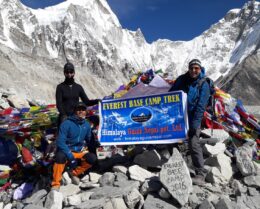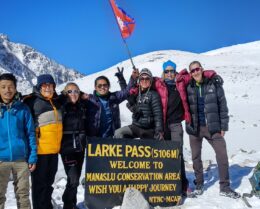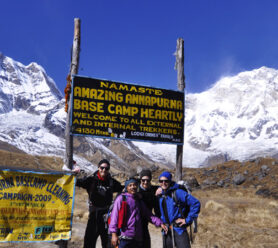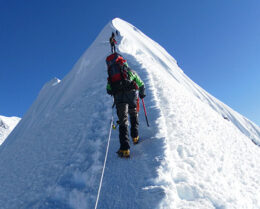Altitude Sickness: Do’s and Don’t
UPDATED ON 1 December, 2023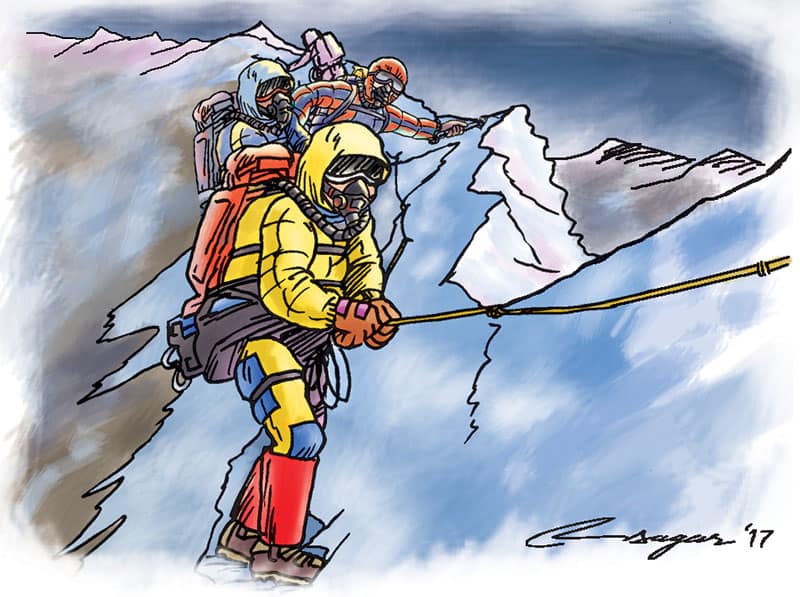
Mountain climbing. Illustration: Ratna Sagar Shrestha/THT
SANTOSH BANIYA
Altitude Sickness is the rule of slow and gradual ascent, avoiding sudden gain in altitude by motor vehicle and trekking through the trails. So, we can make our trip more memorable, enjoyable and also free from altitude illness “22,108 foreign tourists. And around 8,392 domestic tourists did through the trails of Annapurna circuit in 2016”, said Babu Lal Tiruwa. So, UCO officer of Annapurna Conservation Area Project (ACAP) Manang, during a press meet at Himalayan Rescue Association (HRA), Kathmandu.

“This figure was the highest ever in the history of Annapurna region in both categories” he added. “Amongst the domestic trekkers, The majority of people were young boys and girls aged 16-30 years. And altitude Sickness most of them take a jeep or motorbike from Besisahar to Manang or Khangsar”. Said one of the lodge owners from Manang.
So, the statistics from the Himalayan Rescue Association aid post in Manang from the fall of 2016 have alarming figures which show that more than half of the altitude sickness patients traveled to Manang by motor vehicle.
The study on the rapid ascent using a motor vehicle to Manang is under analysis and more results are yet to come. The number of patients with a severe form of altitude illnesses, that is high altitude cerebral edema and high altitude pulmonary edema in Nepali trekkers.
Because it has dramatically increased in 2016 compared to previous years”, said Mr. Thaneswor Bhandari from the HRA aid post in Manang.

